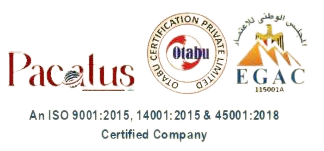Seismic Refraction Test
The Seismic Refraction Test is a powerful geophysical technique used to investigate the properties of the Earth’s subsurface. By studying the behavior of seismic waves as they travel through different layers of the ground, geologists and engineers can gain valuable insights into the composition and structure of the subsurface.
During the test, a controlled seismic wave is generated using a seismic source, such as an impact hammer or explosives. The wave travels through the ground, and upon encountering boundaries between different geological layers, it gets refracted or bent. Sensitive receivers, called geophones, are strategically placed along a line to record the arrival times of the refracted waves.
The data collected from the Seismic Refraction Test is then analyzed to determine the depth, thickness, and velocity of the subsurface layers. This information is crucial for a wide range of applications, including site investigations for construction projects, groundwater exploration, mineral exploration, and assessing the stability of geological formations.
By understanding the subsurface characteristics, engineers can make informed decisions to avoid potential hazards, plan foundations for buildings and infrastructure, and optimize resource extraction processes.
In conclusion, the Seismic Refraction Test plays a vital role in unraveling the Earth’s subsurface mysteries, making it an indispensable tool for geological and engineering endeavors. Its non-invasive nature and ability to provide detailed subsurface information make it an invaluable asset in our quest to comprehend the complex geology beneath our feet.

